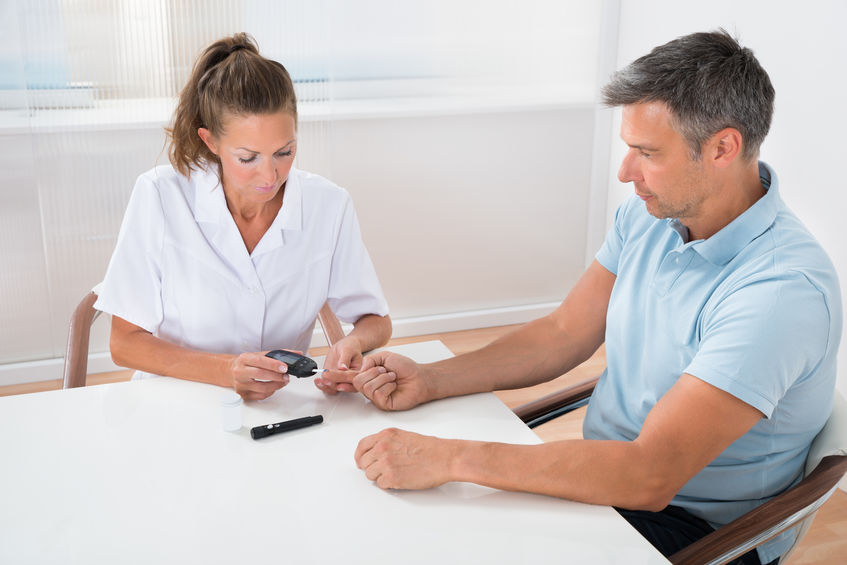What is low blood sugar?
Low blood sugar, also known as hypoglycemia, can occur as a side effect of the medications you take. Certain medications used to treat infections, heart problems, high blood pressure, and/or low mood can lead to low blood sugar as a side effect. Most commonly, low blood sugar can occur from taking anti-diabetes medications. Anti-diabetes medicines that most often cause low blood sugar include drugs like insulin, glipizide, glimepiride, and glyburide. If you’re taking medications that can cause low blood sugar, it is important to recognize the signs and symptoms of low blood sugar. You should also learn about what to do if you experience a low blood sugar, which is discussed in the following section.
The signs and symptoms of low blood sugar include the following:
– Feeling shaky
– Sweating
– Irritability
– Hunger
– Nervousness
– Confusion
– Blurry vision
– Headache
– Racing heart
What should you do if you have low blood sugar?
If you notice any of the signs and symptoms above and think you may be experiencing a low blood sugar, check your blood sugar right away using a glucometer. If you do not have a glucometer, you should have a snack if you think your blood sugar is low. If you’re on diabetes medications and are using a glucometer to check your blood sugar, wait for your result. If your blood glucose result shows a reading of less than 70 mg/dL, you are experiencing low blood sugar. You should have a snack. Good snacks to get your blood sugar back up right away are those with real sugar in them. Some examples are a small apple, half of a soda (with real sugar, not diet), half a cup of juice, or glucose tablets that are available over the counter. A spoonful of sugar, honey, or syrup will work as well. Having a snack with sugar in it will help bring your blood sugar back up right away. About 15 minutes after your snack, check your blood sugar again. If your blood sugar is still less than 70 mg/dL, repeat the process of having a snack with sugar and check again in 15 minutes. Repeat the process until your blood sugar is greater than 70 mg/dL. Once it is above 70 mg/dL, have some food to sustain you a bit more, such as a sandwich or peanut butter. Foods with protein and fat, and not just sugar, will help keep you from continuing to drop low.
After you’ve properly treated your low blood sugar, discuss it with your healthcare provider who manages your diabetes medications. Keep a diary and include your daily activities like exercise, medications, and foods eaten. This will help your provider make any necessary changes to your regimen. It is important to tailor your medication regimen to your lifestyle, so if you exercise often, you may need to work out a plan with your provider about taking less of your medication or eating an extra meal before a workout. Low blood sugar can lead to serious problems like falls, fainting, and even a coma. If you’re having trouble treating a low blood sugar or experience a severe low blood sugar (I.e. less than 55 mg/dL, or leading to unconsciousness), seek immediate medical attention. The method of low blood sugar treatment discussed in this blog is only applicable to situations where the person with low blood sugar is awake, conscious, and able to eat. See the CDC resource (#2) below for treatment of severe low blood sugar.
Resources:
1) UpToDate
2) https://www.cdc.gov/diabetes/basics/low-blood-sugar-treatment.html
Disclaimer: This blog is written for informational and educational purposes only. It is not intended to be a substitute for professional medical advice, diagnosis, or treatment. Always seek the advice of your physician or other qualified health provider with any questions you may have regarding a medical condition. Never disregard professional medical advice or delay in seeking it because of something you have read or seen online.












